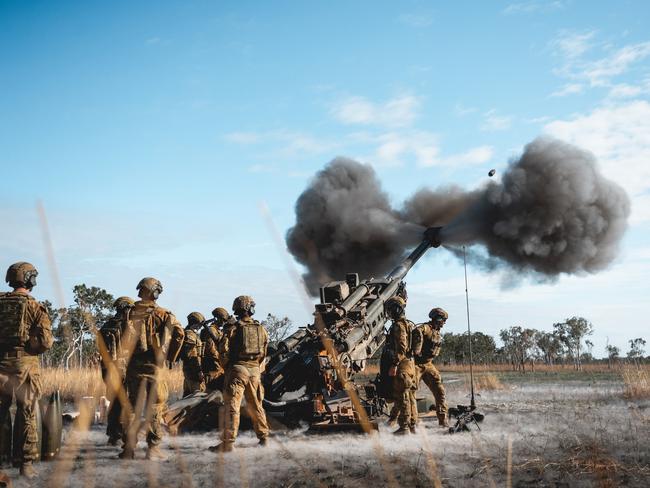
Army’s continual adaptation mindset
Chief of Army on restructuring the force in response to requirements of the Defence Strategic Review

Chief of Army on restructuring the force in response to requirements of the Defence Strategic Review

War, some argue, is in a new era. But to students of history, the wars of today are curiously familiar.
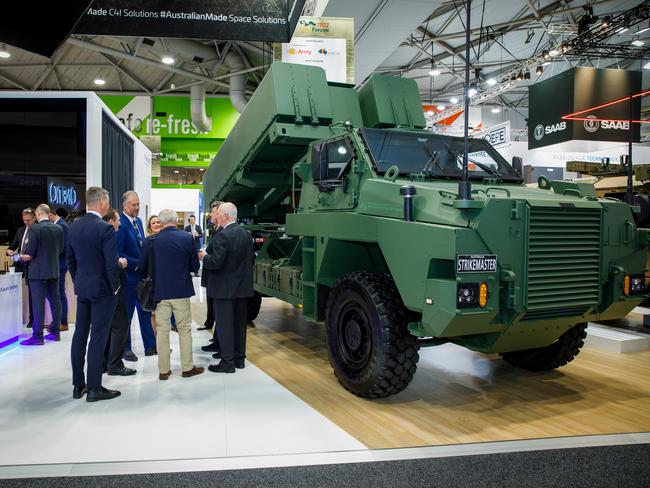
The Land Forces 2024 International Land Defence Exposition is a platform for engagement between government, defence and the industry that provides and sustains Australia’s military capability.

A small Melbourne company predicted the Defence ban on the Chinese-made DJI drone family and funded its own R&D program to build the high-security quad-copter instead.

Like any major conflict, Ukraine has become a proving ground for new military technologies that require military forces to adapt to a changing character of war.
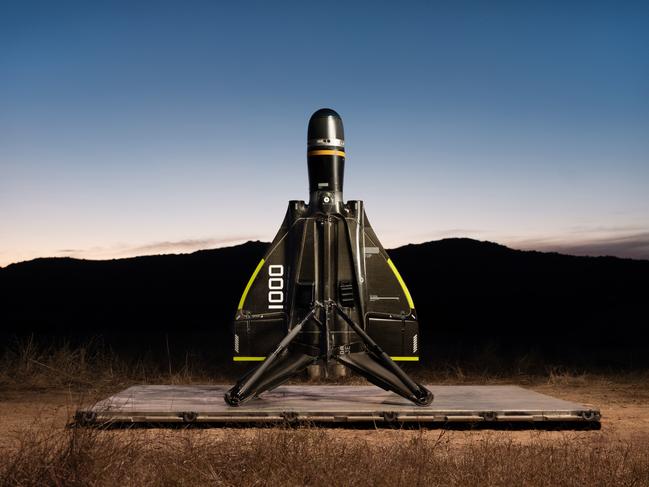
The stark economics of destroying incoming drones – or attack helicopters or aircraft – have changed warfare beyond recognition in just a couple of years.

Kyiv’s incursion into Russia’s Kursk region, which began on August 6, was both politically and militarily audacious.
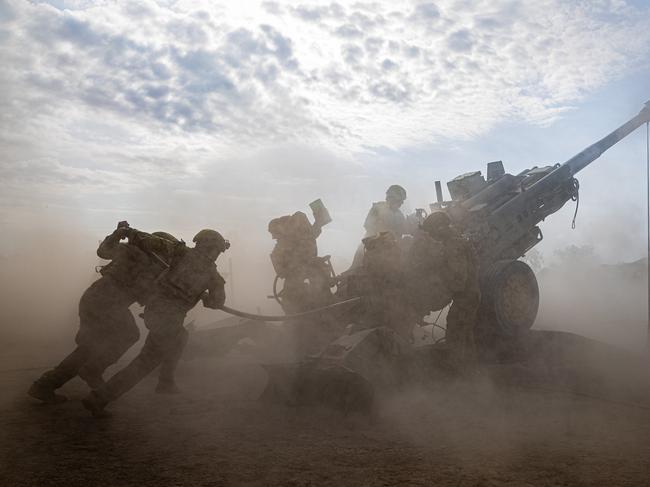
Since 2012 the ADF has consistently failed to meet yearly recruiting targets, and the army, in particular, is struggling. Total numbers are 59,194 – and we need to reach 80,000 by 2040.
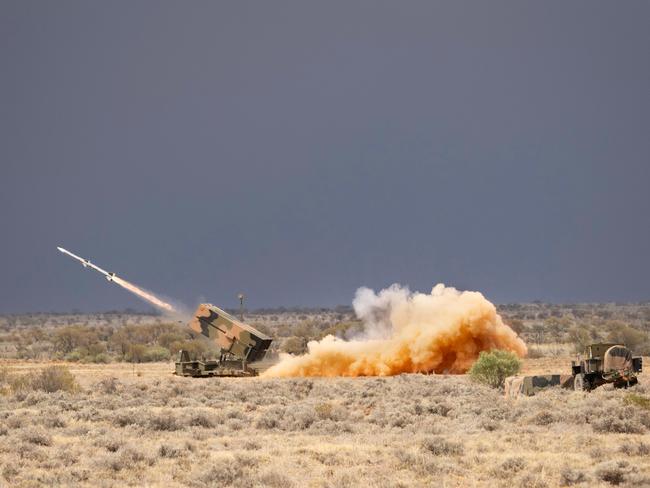
The 2023 DSR stated that ‘Defence must deliver a layered integrated air and missile defence (IAMD) operational capability urgently…’, but there appears to be no significant effort towards addressing that.
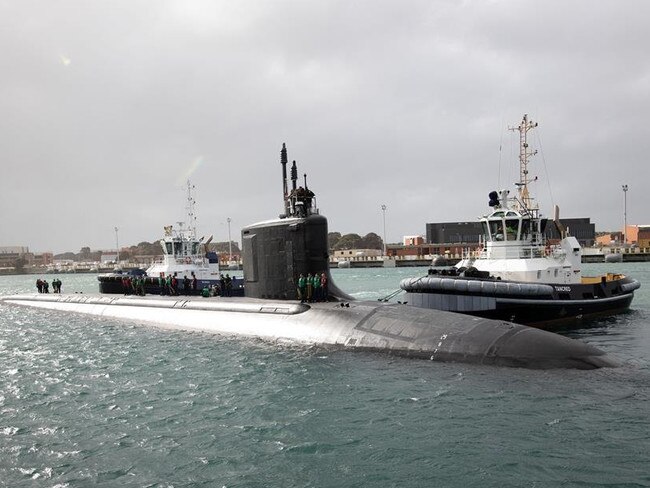
The Australian Army will need to be able to conduct special operations with submarine support in our region – as we did in the Pacific War.
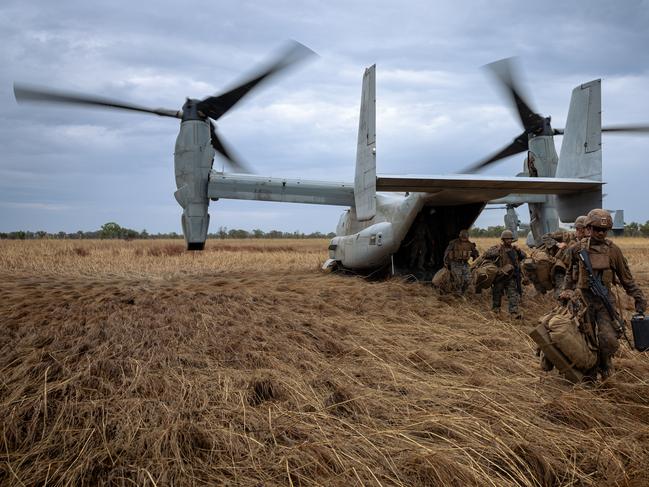
The MV-22B Ospreys of the current US Marine Rotational Force – Darwin (MRF-D 24-3) proved their unique capabilities in two major multilateral exercises across Australia’s north in July.
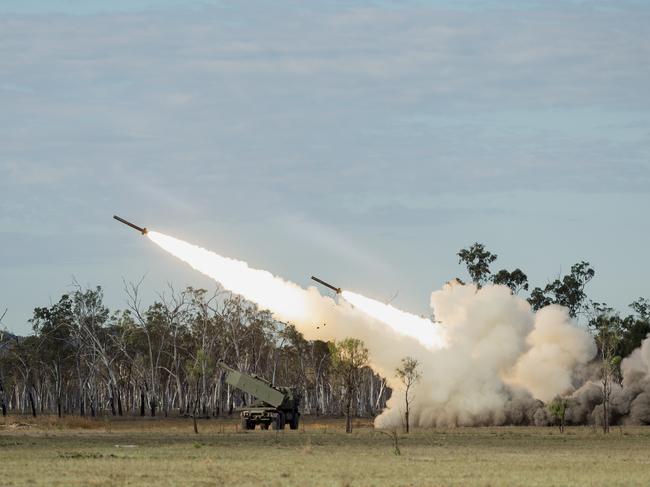
The 2023 Defence Strategic Review appears to have rung alarm bells loud enough to shake us all up – politicians, military leaders, civil servants, industry participants, and commentators alike.
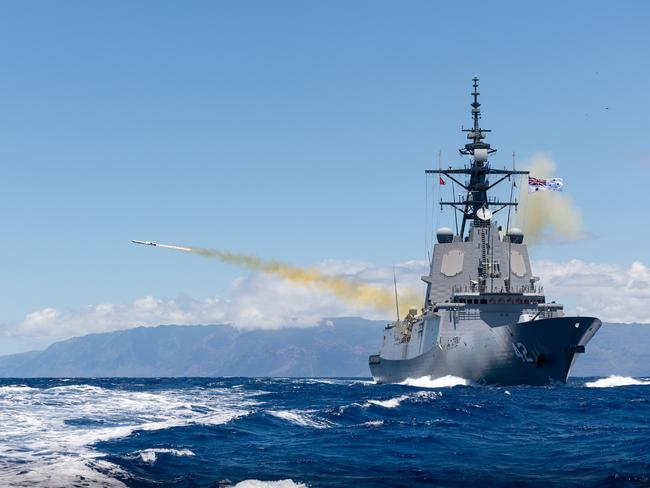
The efforts to equip the Australian Defence Force (ADF) with long-range missiles is picking up pace.
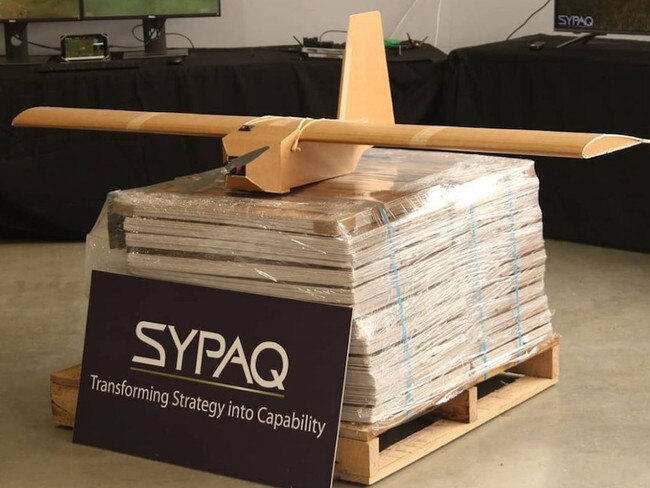
Defence’s Science and Technology Group (DSTG), has added innovation – turning good ideas into something usable – to its traditional strong focus on science and technology.
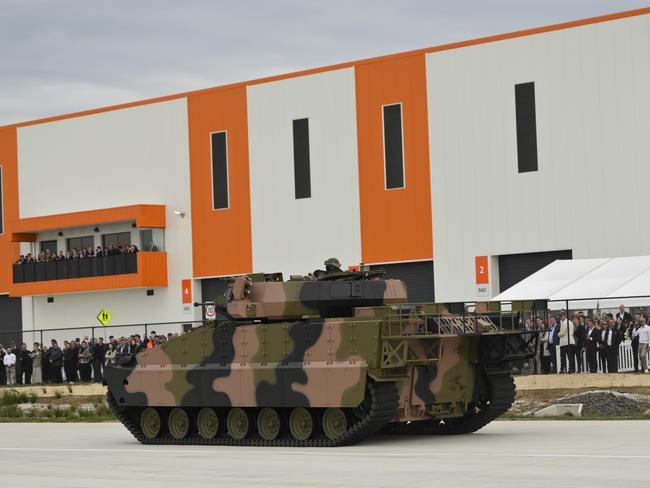
South Korean industrial giant Hanwha is now the largest single contractor by value for the Australian Army, and on August 23 it opened a state-of-the-art factory close to Geelong.
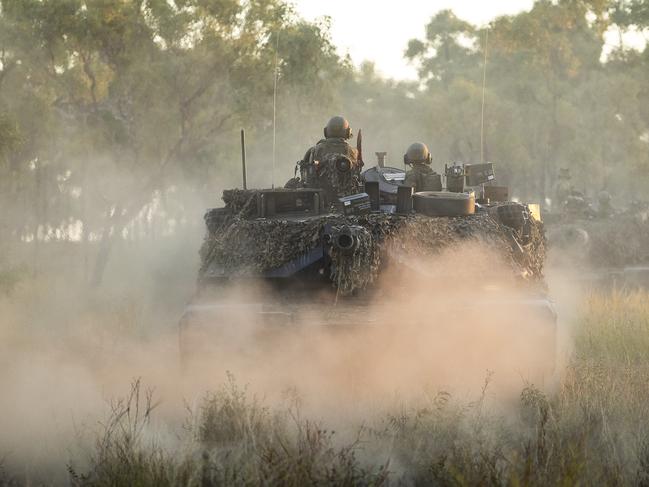
The first of 75 new Abrams main battle tanks for the army are expected to be delivered before the end of the year.
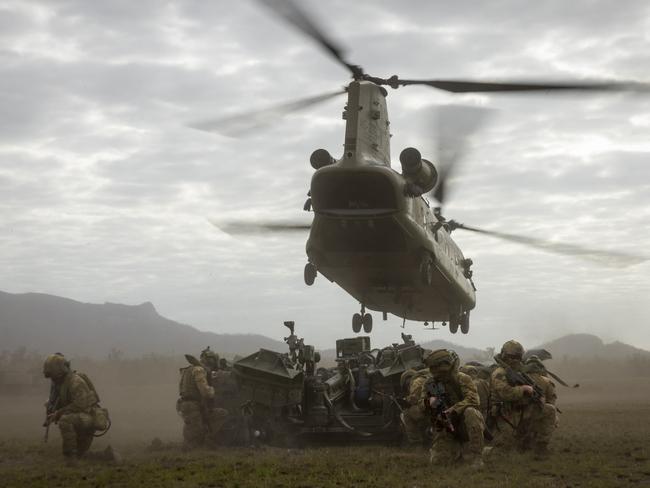
Key military alliances are providing enhanced training opportunities across the country for both the Australian Defence Force (ADF) and its regional allies and partners.
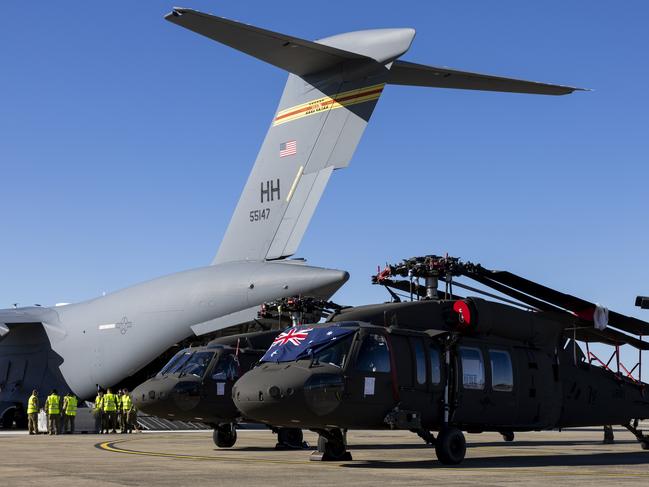
The army is well down the path of a generational change of combat helicopter capability based on the early retirement of the European Taipan and Tiger fleets.
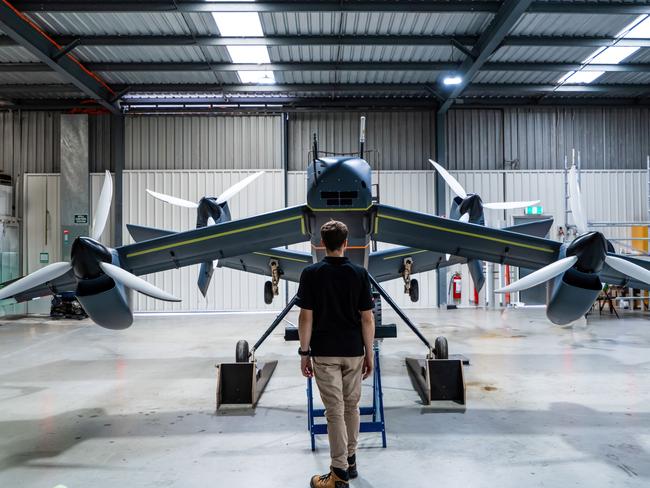
BAE Systems Australia is focused on continuing to deliver and sustain critically important technologies, including large and complex programs, some of them spanning decades.
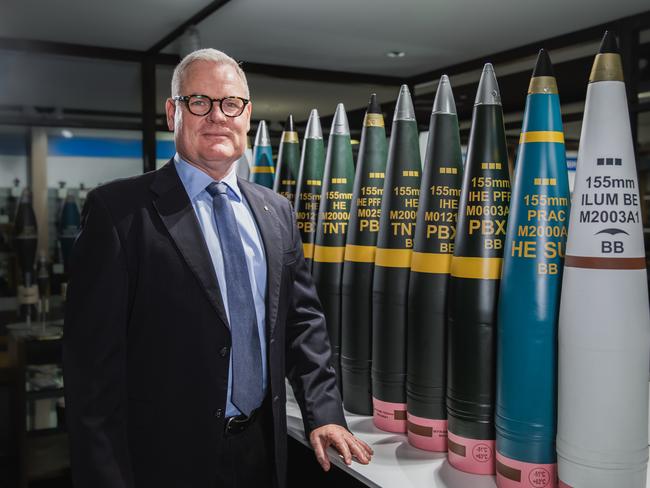
The AUKUS trilateral security partnership between the US, Australia and Britain represents a fundamental re-imagining of Australia’s national security framework.
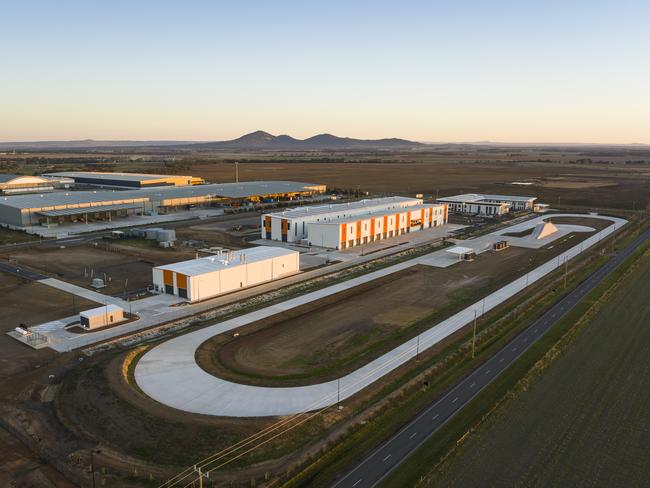
Defence can do little without industry, so how can we best help deliver capability at speed?
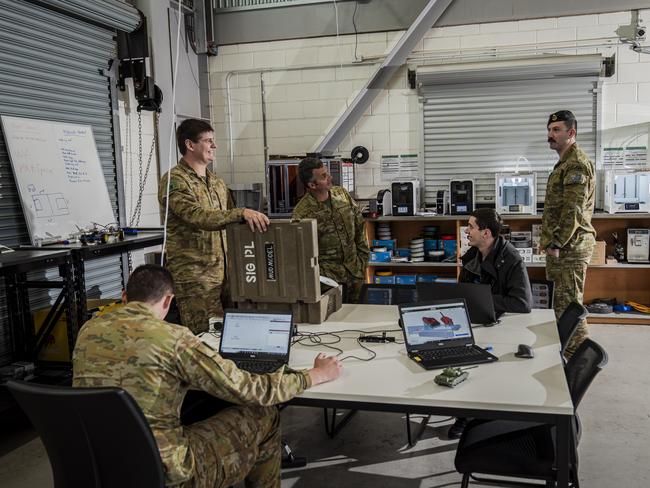
QinetiQ Australia is partnered with the Australian Army and Defence Science and Technology Group (DSTG) to foster innovation and better prepare the service to meet future operational challenges.
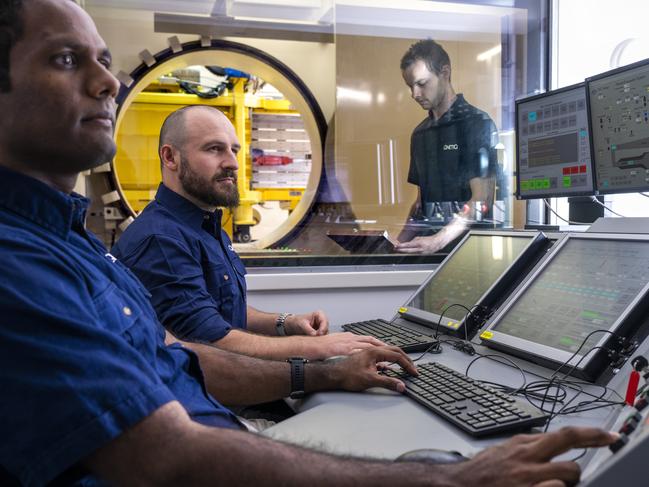
The establishment of Defence’s Guided Weapons and Explosive Ordnance (GWEO) enterprise requires a rigorous test and evaluation capability to support the new weapons being acquired.

To triumph on the future battlefield, Australia will require technological mastery, seamlessly linking the soldier on the frontline with drones, artillery and armour, aircraft and warships.
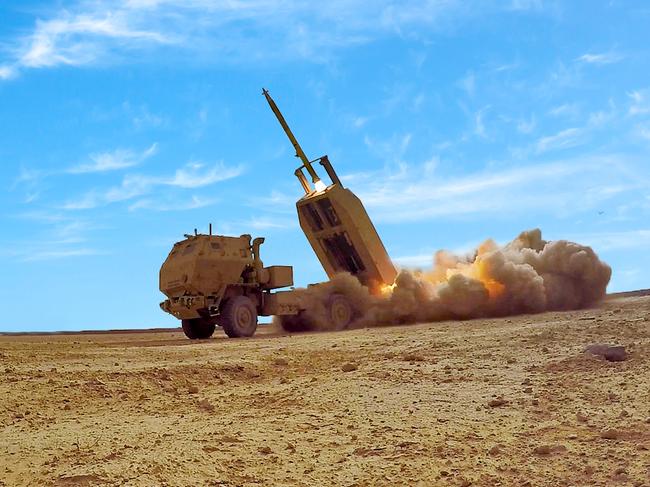
Australia is well and truly on a path to having a guided weapons production capability by the end of this decade.
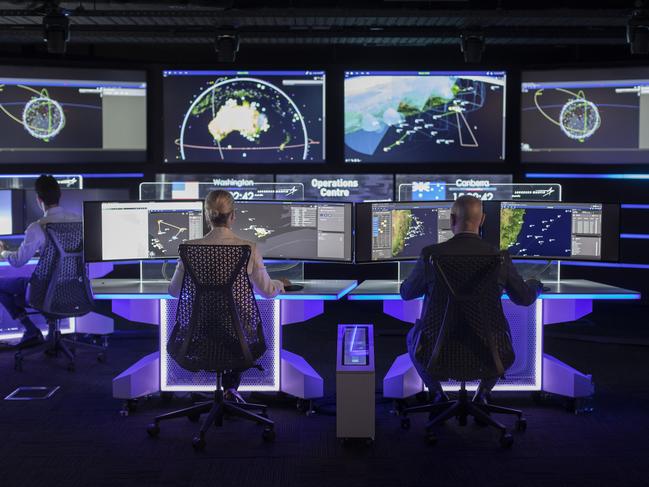
Lockheed Martin Australia, closely partnered with Defence’s AIR6500 Project Team, plans to deliver to the ADF the first elements of the $500m Joint Air Battle Management System, or JABMS.
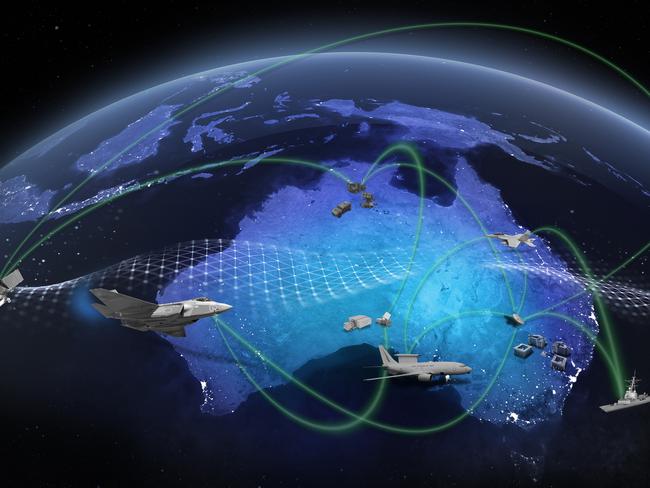
Do we seek security from Asia or in Asia? Artificial intelligence, robotics and automation, quantum sensing and encryption, and hypersonic missiles all represent game-changing technologies.
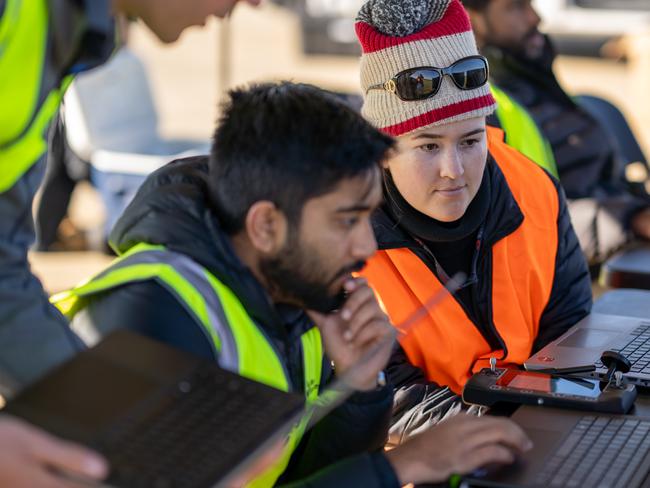
The success of the AUKUS vision of a tri-nation security partnership to deliver next generation warfighting capabilities demands much of each partner nation.

Australia’s strategic objectives emphasise the critical importance of a resilient sovereign defence industrial base. Achieving this requires a multifaceted approach, including the growth of our defence exports.

To understand the Australian defence industry’s role as an instrument of national power, it is important to reflect on the geopolitical situation in our region and where the industry finds itself.
Original URL: https://www.theaustralian.com.au/special-reports/land-forces